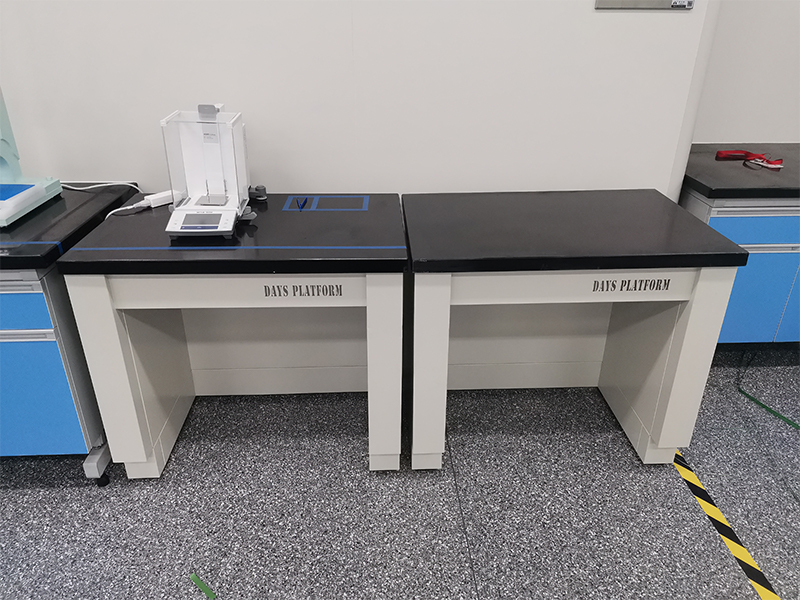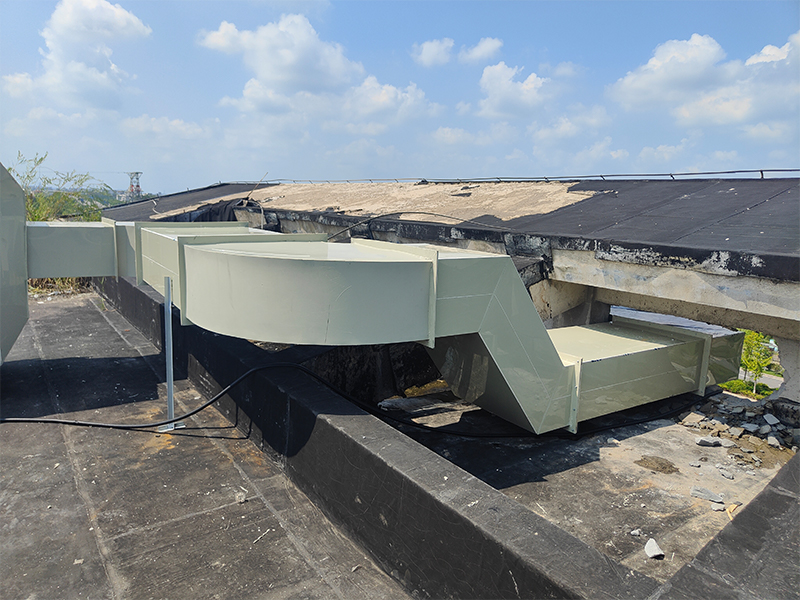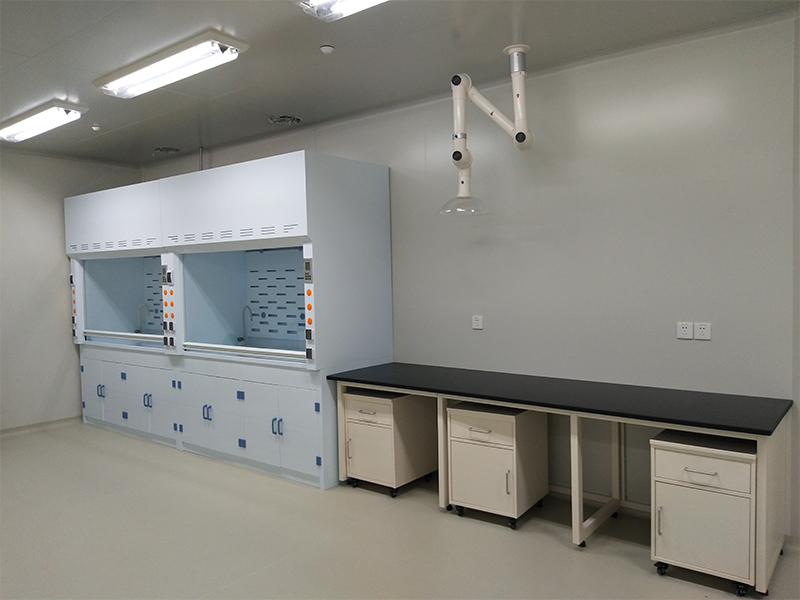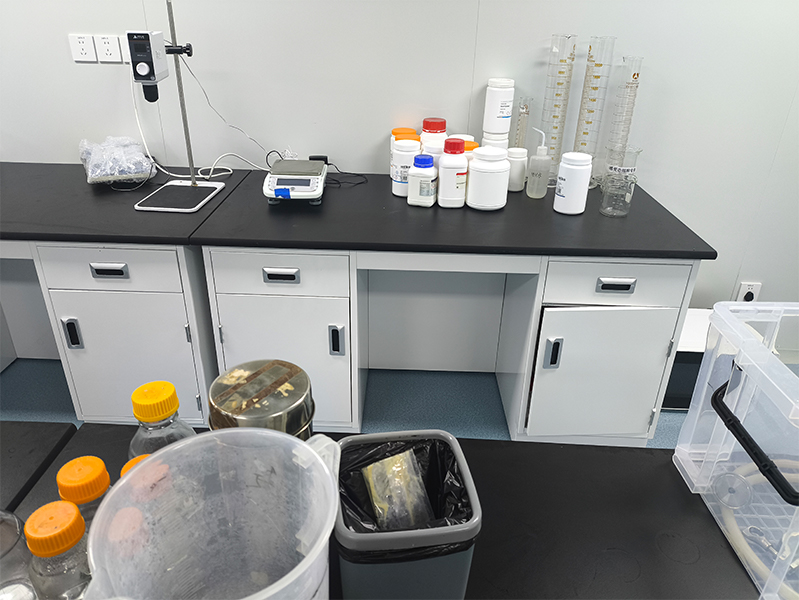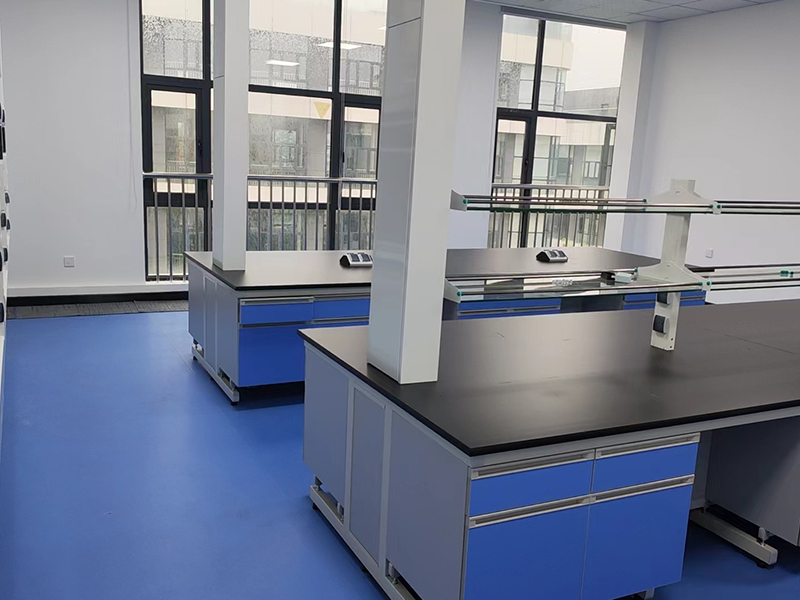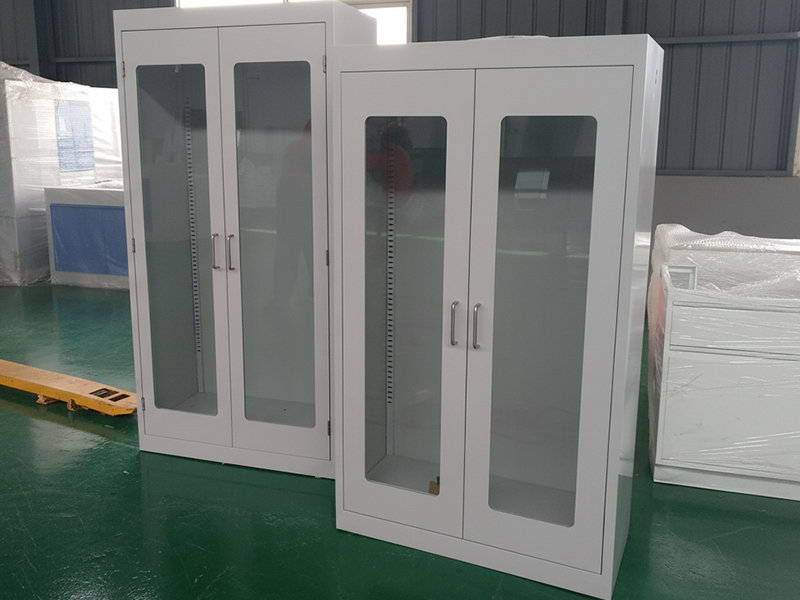If you work in a Johannesburg lab—pharma, mining, food, diagnostics, or at a university—you know solid, consistent measurements aren’t just nice to have. They’re the whole ballgame. One thing that makes a huge difference? A properly set up balance bench. It keeps your readings steady by cutting down on vibration, drafts, and wobbly floors.
Huajusheng Laboratory Systems & Equipment gets this. They build benches and stability platforms for labs all over the world, and their balance benches are tailored for the real-world conditions you see across Johannesburg.
Here’s how to get the best out of your balance bench:
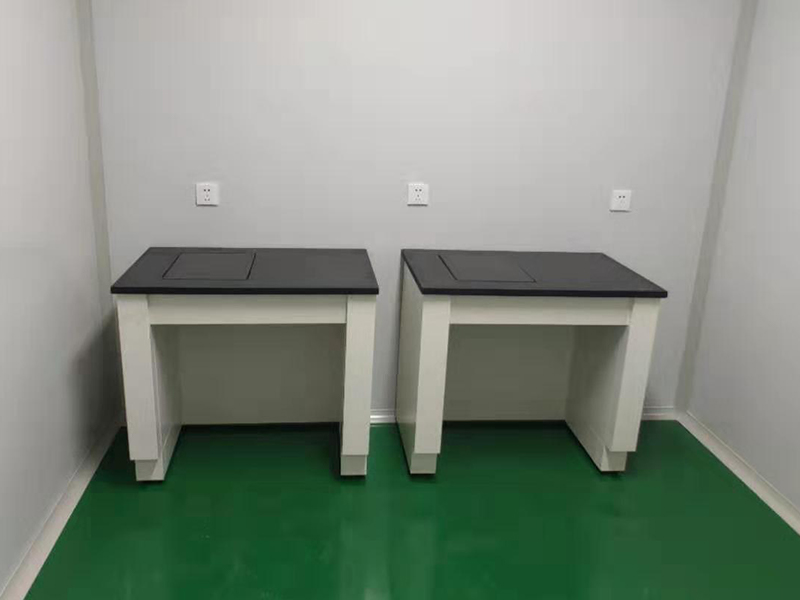
1. Pick a Quiet Spot
Johannesburg’s labs often sit close to main roads, mines, or buildings with a lot of foot traffic. All that means constant, low-level shaking. Don’t stick your balance bench near doorways or windows, and definitely keep it away from centrifuges, fridges, or compressors. If you can, put it on the ground or middle floors—upstairs floors flex a lot more. This setup helps keep unwanted vibrations from messing with your measurements.
2. Get It Level
If your bench isn’t perfectly level, your results will wander. Huajusheng benches use micro-adjust feet so you can even things out, even if your lab floor’s seen better days (and let’s be honest, a lot of older buildings in Joburg have uneven floors).
3. Go for a Heavy, Dense Surface
Analytical balances and micro balances need a surface that soaks up vibration. Granite or engineered stone tops—like the ones Huajusheng uses—work much better than steel or wood. They’re not just stable, they handle Johannesburg’s wild temperature swings without a hitch.

4. Keep It Isolated
Don’t let your weighing surface touch sinks, drawers, prep tables, or shelves. Build in some separation. A dedicated isolation platform means vibrations from the rest of the bench don’t travel up and ruin a careful measurement.
5. Watch the Breeze
Drafts and moving air—even tiny ones from HVAC vents or open windows—can make microgram readings jump all over the place. Keep your bench away from vents and areas with cross-breezes. If things get gusty, side panels or anti-draft shields help a lot.
6. Tackle Static and Humidity
Johannesburg weather can swing between bone-dry and humid. Static charges mess with sensitive balances, so look for benches with anti-static coatings and grounding points. Controlling humidity helps too if you can manage it.

7. Install and Run Things Right
Here’s what Huajusheng suggests when setting up your bench: check that the floor is solid, level the bench with the micro-adjusters, set your balance on the isolated platform, run a vibration test using a calibration weight, and make sure your baseline readings are rock steady.
Follow these steps and you’ll see more accurate, repeatable results—no matter where your lab is in Johannesburg.
